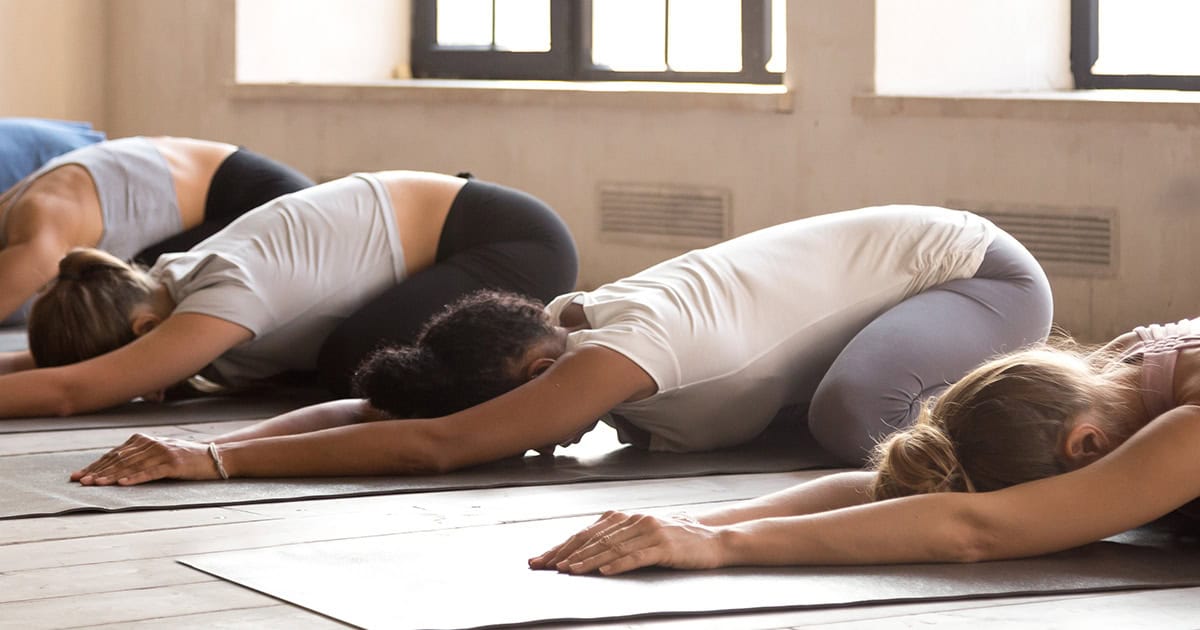Pelvic Floor Exercises to Help with Vaginismus
This has been reviewed by Edward Evanstash, M.D., OB-GYN and Chief Medical Advisor for Materna Medical.
Key Takeaways
- Pelvic floor exercises offer an effective treatment for vaginismus, which causes discomfort and pain during vaginal penetration. These exercises target the muscles supporting organs like the bladder, bowel, and uterus, and help enhance blood flow to the vaginal region. Regular practice, encompassing contractions, quick sprints, and relaxation, can help individuals regain control over these muscles, reducing involuntary contractions that cause discomfort. Consistency in these exercises and seeking professional guidance can be instrumental in managing vaginismus symptoms.
We know that vaginismus can cause discomfort, pain, and anxiety during attempts at vaginal penetration. Learning how to manage vaginismus can be challenging, and there are many routes you can take on your journey with vaginismus. One of those routes is pelvic floor exercises, which can help alleviate the symptoms of vaginismus.
What do pelvic floor muscles do?
According to Oxford University Hospitals (OUH), pelvic floor muscles “support the bottom of the pelvis and the organs inside the pelvis (lower bowel, bladder, and uterus).” They work together to form a “sling from the pubic bone at the front, to the tailbone (coccyx) at the back,” and surround the vagina, urethra, and rectum(2).
When these muscles contract, they support the bladder and bowel and the vaginal walls, meaning that they can control urination and bowel movements. However, these pelvic floor muscles can also contract involuntarily due to fear, anxiety, or past trauma, and cause pain during vaginal penetration.
What are pelvic floor exercises?
Pelvic floor relaxation exercises or training, also known as pelvic floor muscle training, may help you with managing vaginismus. When you do exercises for your pelvic floor muscles, it can help make those muscles relax better, make them work normally when at rest, and increase the flexibility of the vaginal area. It also helps you become more aware of these muscles and improves your sense of where they are in your body(4). The improved blood flow helps with healing after surgery or childbirth, and can also help with arousal, lubrication, and even orgasm intensity. When you exercise your pelvic floor muscles and can relax them fully, it allows for less painful or pain-free penetration1. Doing regular exercises to loosen tight pelvic muscles will help you regain control over them, and can, over time, help to reduce the involuntary contractions that cause discomfort and pain.
Are pelvic floor exercises good for vaginismus?
First, you should become familiar with your pelvic floor muscles. Start by finding the location of your pelvic floor muscles (see the OUH link above). The muscles you want to target are the ones that help you stop the flow of urine midstream or prevent yourself from passing gas.
As with any exercise, consistency is key. Try to set aside a specific time each day to dedicate to pelvic floor dysfunction exercises, like during your morning or evening routine, or even while sitting at your desk or watching TV. Finding a routine that works for you and sticking to it will help maximize the benefits of the exercises.
Here are some exercises recommended by Oxford University Hospitals (OUH), though as always, we recommend that you consult with your healthcare provider before beginning any sort of treatment for symptoms of vaginismus(2,3).
- Contractions: Once you have identified the pelvic floor muscles, contract them by squeezing and lifting inward (like you’re trying to stop the flow of urine). Hold the contraction for a few seconds, then release and relax the muscles. Start with a few repetitions of holding the contraction for just a couple of seconds. As you become more comfortable, gradually increase to repeating 10 times while holding for 10 seconds. Remember to breathe while doing these exercises.
- Quick Sprint: Tense all layers of your pelvic floor muscles for 1 second, then release for at least 2. Work up to 10 repetitions.
- Relaxation: This exercise relies on your breathing patterns to help you relax your pelvic floor. Lie on the ground on your back, with your hands resting on your abdomen. Slowly breathe in deeply, allowing your stomach to expand up but keeping your chest and shoulders still as you breathe in. Breathe out slowly and allow your stomach to drop back down as you do. OUH recommends this exercise 10 times, 2-3 times per day.
How to use vaginal dilators for vaginismus
You can always complement your pelvic floor exercises with other options, including a vaginal dilator like Milli. As the only dynamic dilator on the market, Milli’s user-controlled design puts you in charge of gradual, millimeter-by-millimeter expansion according to your comfort level. Just like with pelvic floor exercises, you are entirely in control of making Milli’s user-friendly design work for you.






